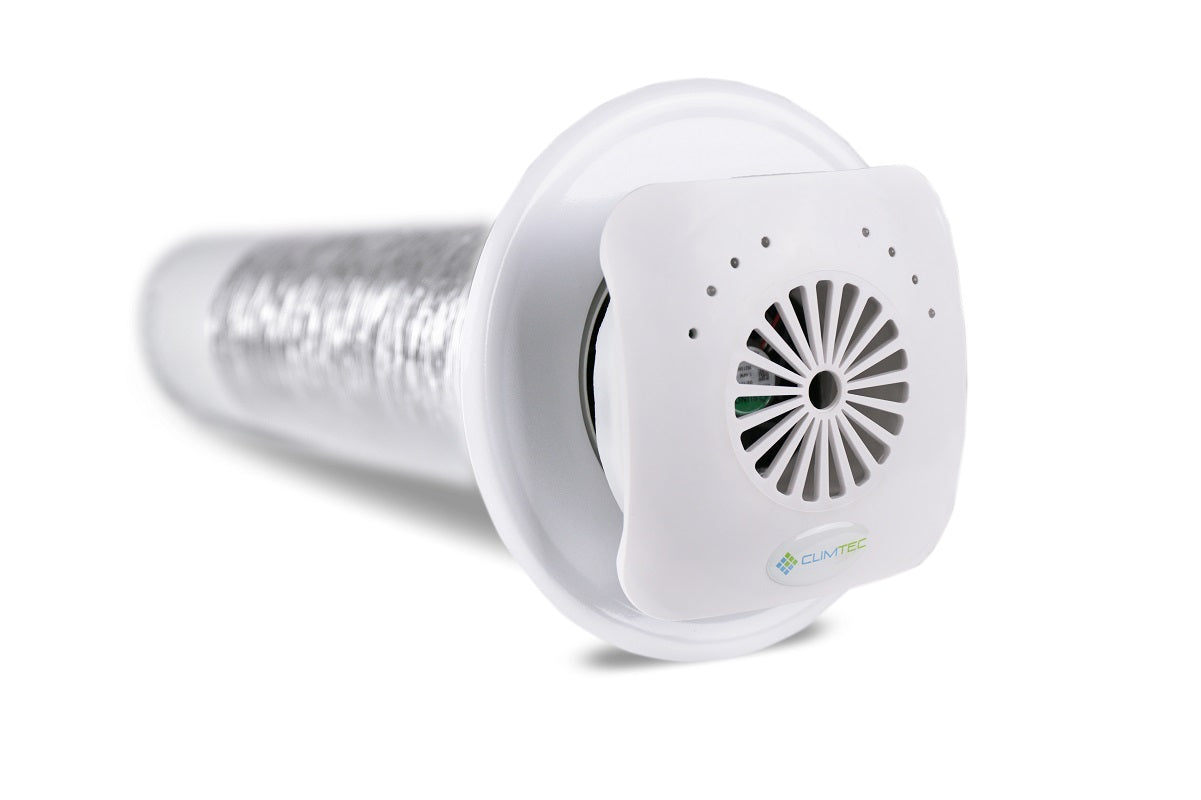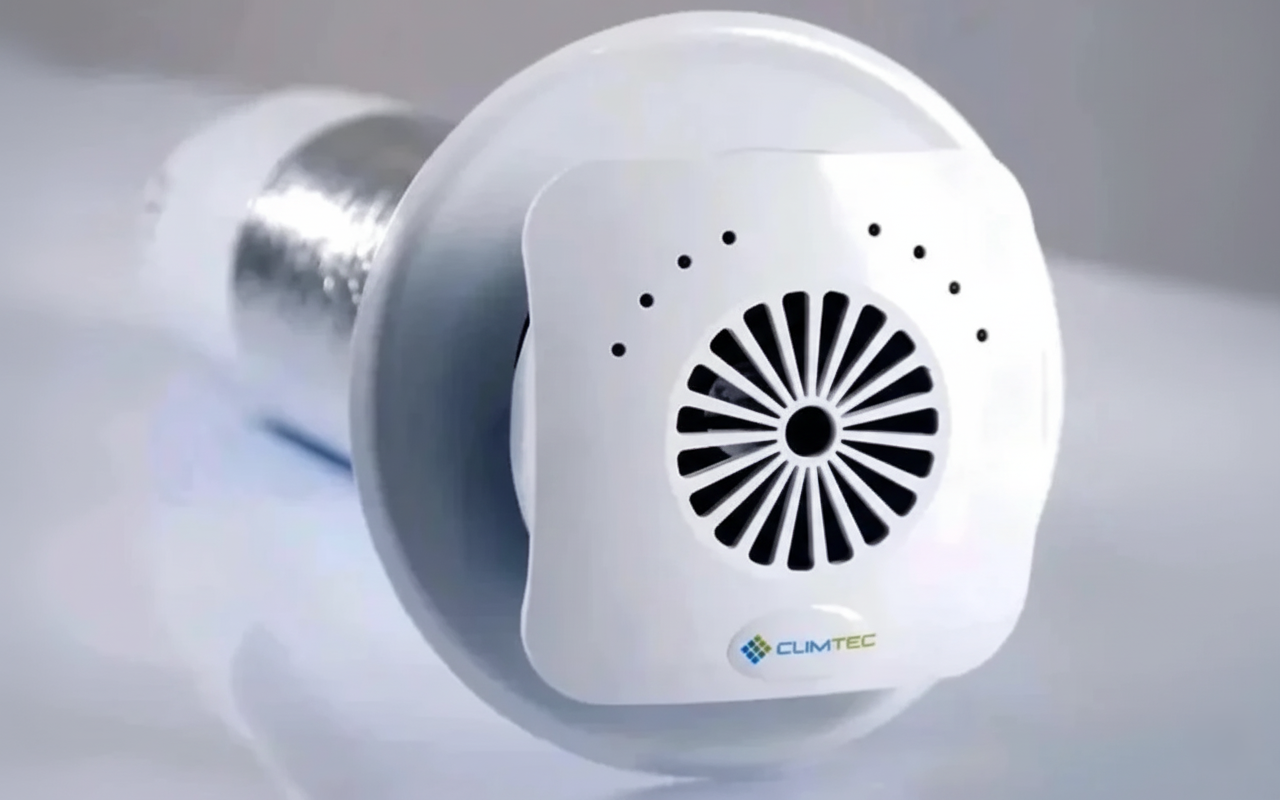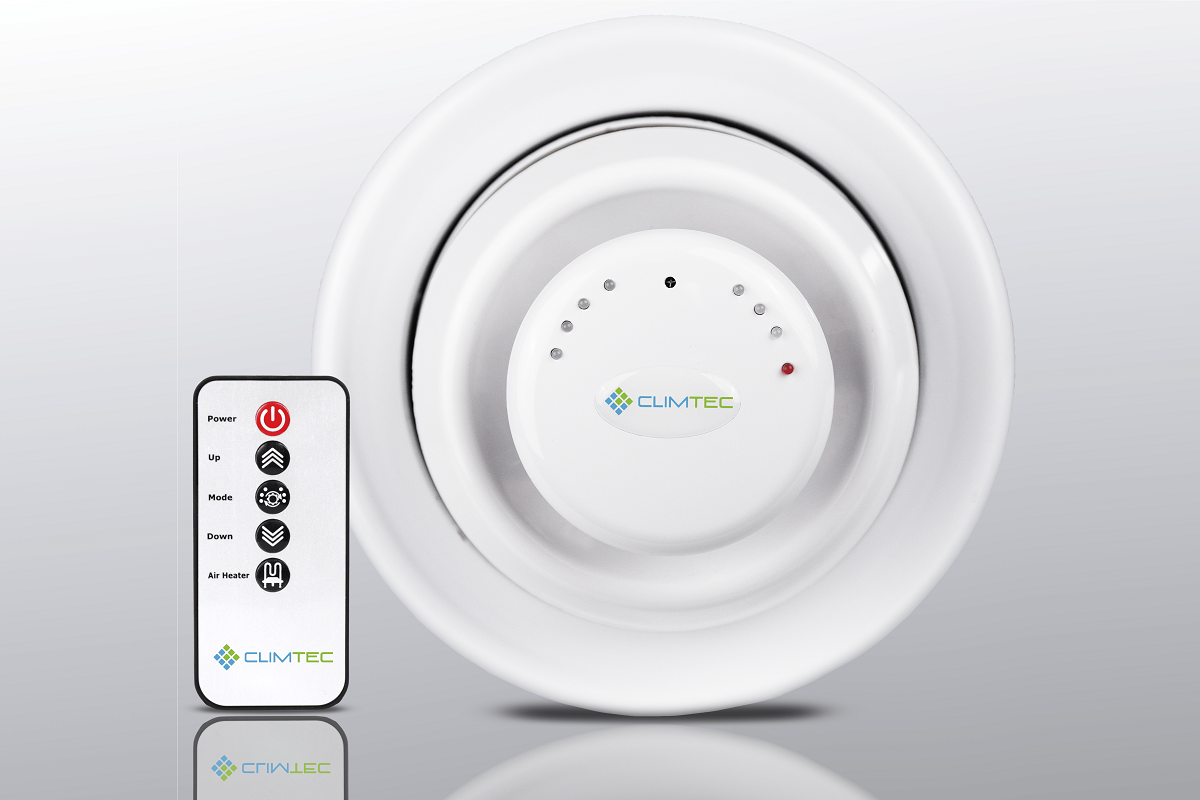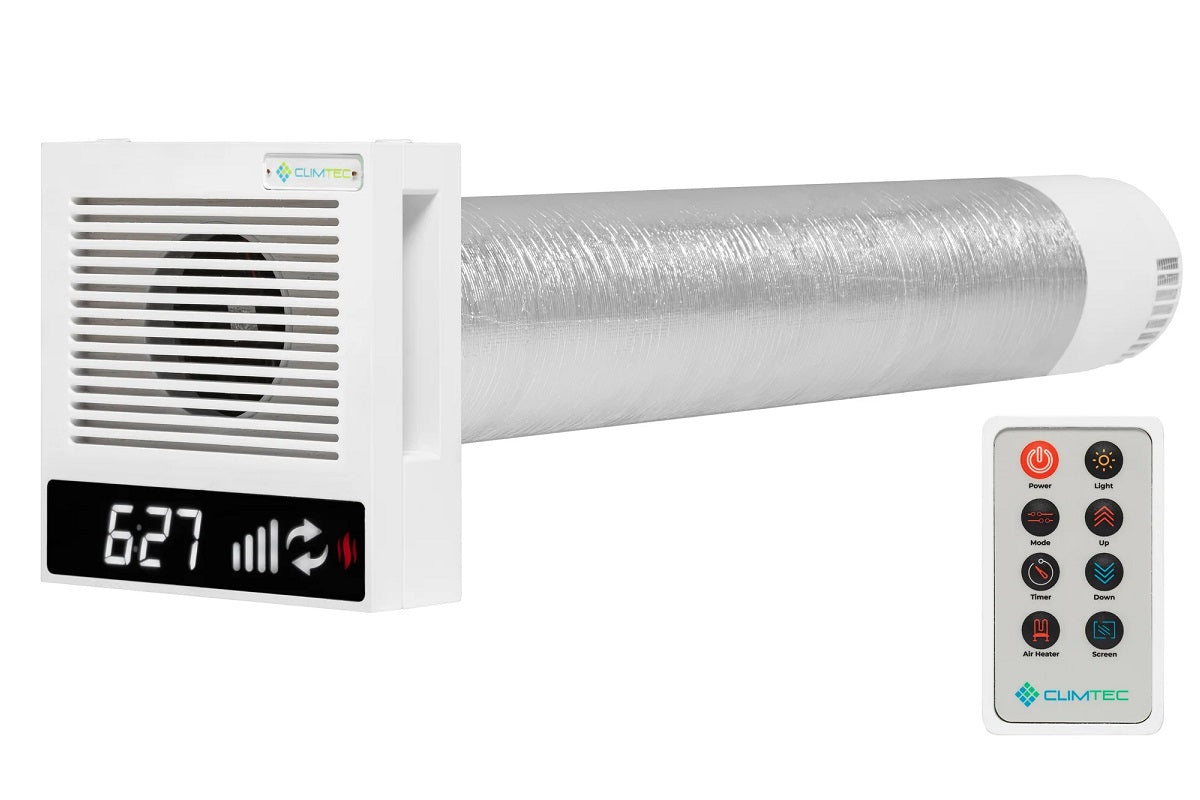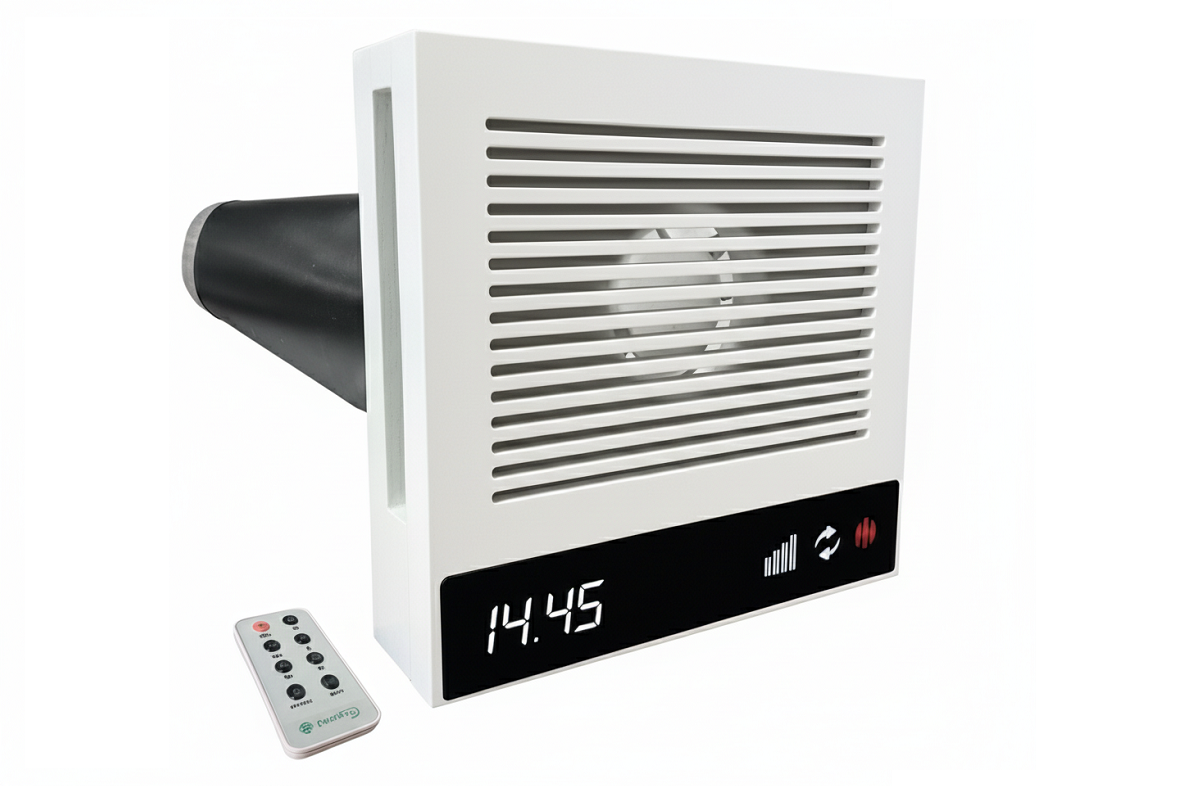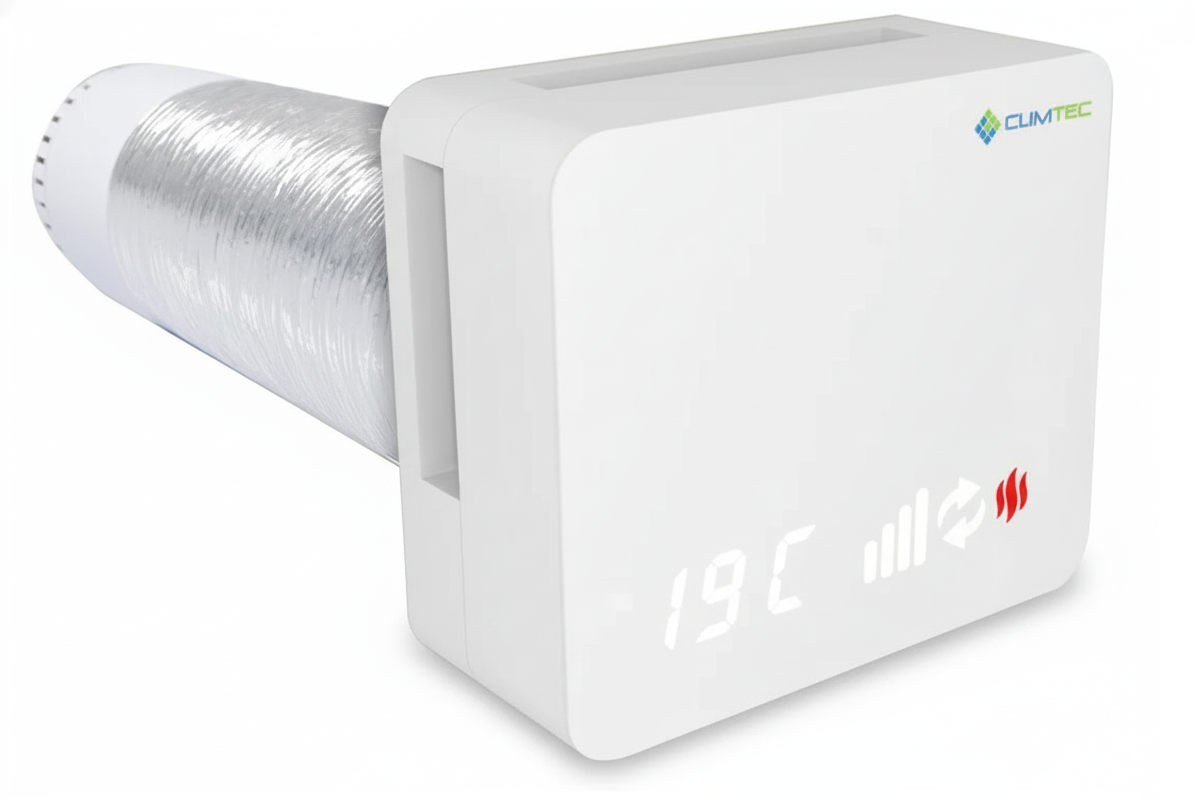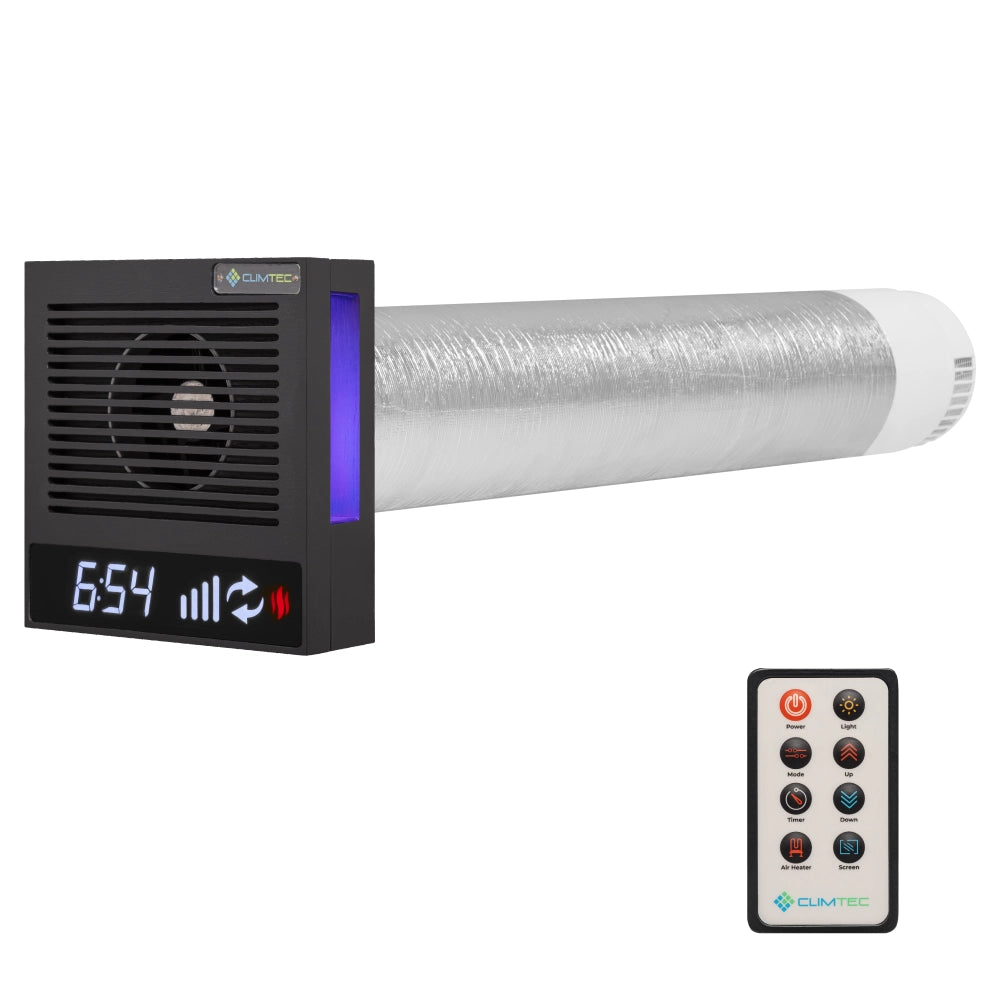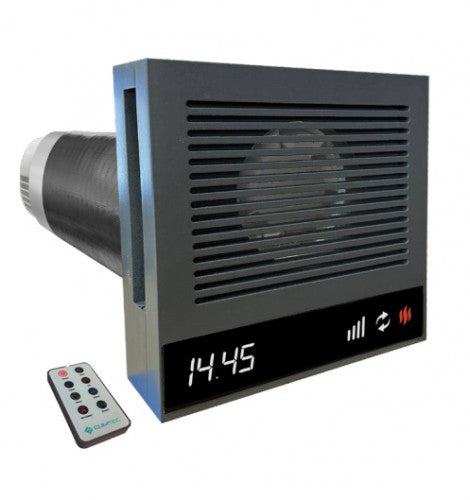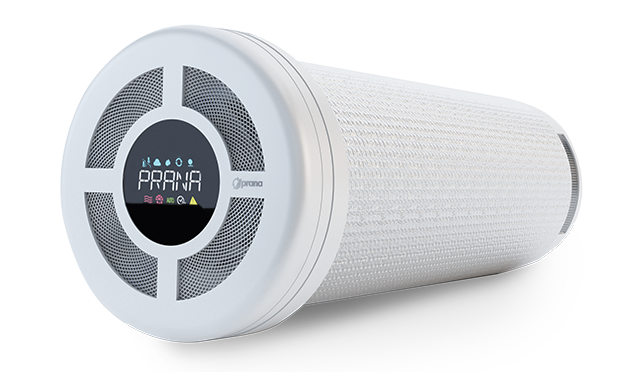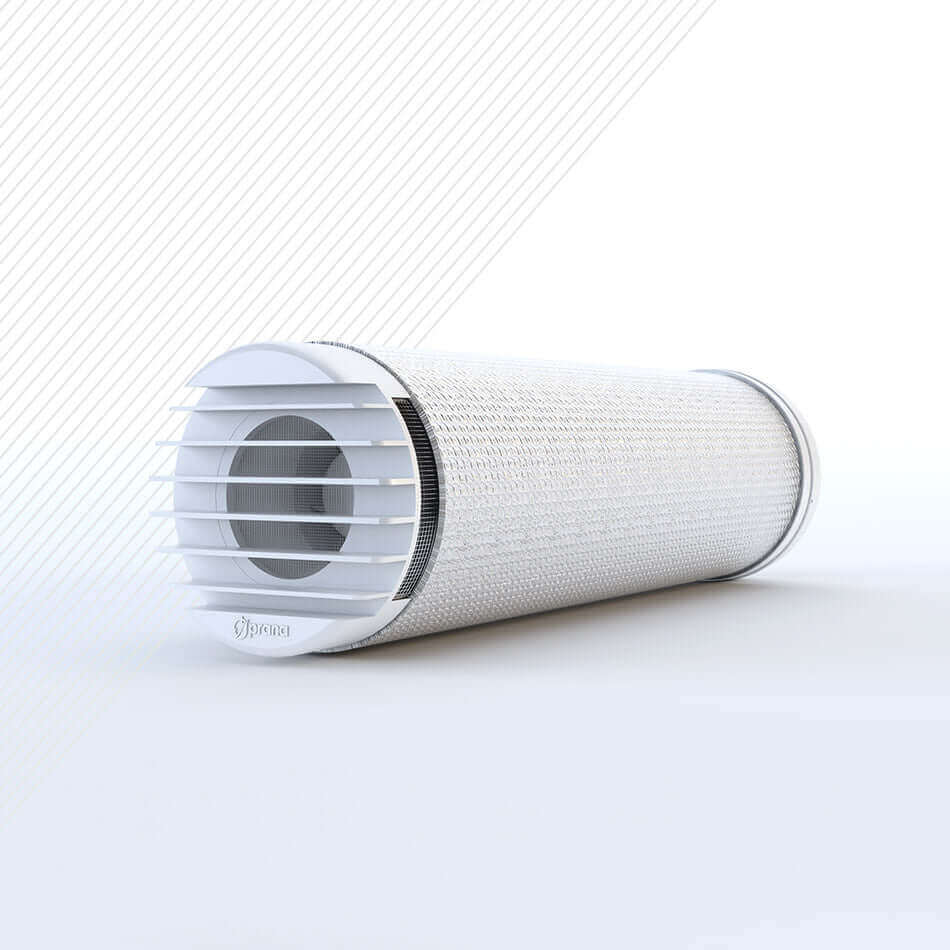Filters
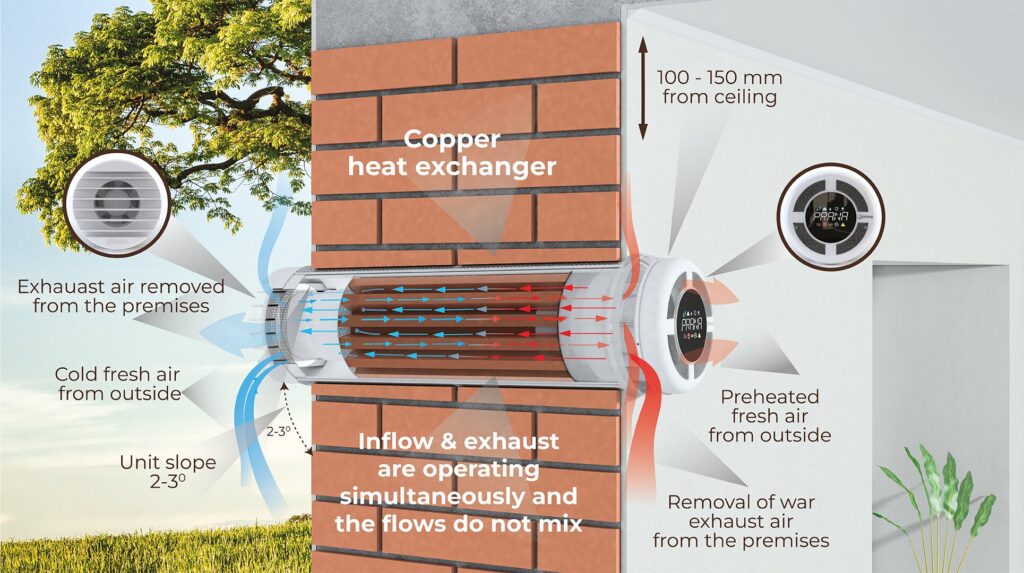
Energy recovery ventilation systems
What is an ERV System and How Does it Work?
At its heart, an ERV system is a smart piece of ventilation engineering. It works by pulling stale air out of your property and replacing it with filtered air from outdoors. But it does more than simply ventilate—it uses a built-in ERV heat exchanger to capture heat and moisture from the air leaving your home and transfers it to the incoming air. This process is known as air to air energy recovery, and it helps keep internal temperatures and humidity levels consistent with far less demand on your heating or cooling systems.
So what makes ERV special? Unlike traditional fans or extract systems that waste indoor energy, an ERV mechanical system is designed to conserve it. It carefully manages both air temperature and moisture, keeping spaces comfortable all year round—especially important in UK homes that are increasingly built to be airtight for better insulation.
Compared to HRV systems (Heat Recovery Ventilation), which handle only temperature, ERVs also handle humidity. This makes an ERV ventilation system a great fit for spaces where moisture levels can fluctuate, like kitchens, bathrooms, or open-plan living areas.
Benefits of Energy Recovery Ventilation (ERV)
With an ERV ventilation unit, you’re no longer relying on window drafts or extractor fans to keep indoor air fresh. These systems maintain a constant stream of filtered air, reducing allergens, VOCs, odours, and moisture. For families, allergy sufferers, or anyone sensitive to indoor air quality, an ERV home ventilation setup can be life-changing.
One of the key attractions of any energy recovery system is the way it cuts down on energy waste. By pre-conditioning the incoming air, it reduces how hard your boiler or air conditioner has to work. That means lower bills and less environmental impact. A true energy saving ventilation system doesn’t just freshen air—it actively helps you live more efficiently.
Comfort is just as important. Because it regulates temperature and humidity, an ERV air exchanger avoids the extremes. You won’t deal with sudden cold spots or steamy rooms. Instead, you get consistent, gentle airflow throughout the home, with the added bonus of quiet operation—even at night.
Choosing the Right ERV for Your Home or Building
Not all ERV systems for homes are created equal. From compact units ideal for apartments to larger setups designed for offices or commercial properties, there’s a solution for every floorplan. If you’re working with an architect or building contractor, they’ll help size the system properly—but at Redlake, we also provide expert guidance to make sure your ERV for house application fits your lifestyle.
Think beyond airflow volume. A great ERV HVAC system will be energy-efficient, quiet, and easy to maintain. Look for features like smart timers, variable-speed fans, and high-grade filters. Whether ceiling-mounted or ducted through your loft, the goal is seamless integration into your home’s structure and operation.
For maximum value, make sure the system you choose works harmoniously with your other HVAC solutions. A reliable ERV mechanical ventilation setup should act like part of your home—not an add-on, but a natural extension of how it breathes and feels day to day.
ERV Cost and Long-Term Value
Let’s talk numbers. The overall ERV cost varies based on property size, desired airflow, and complexity of the installation. Typically, a mid-range ERV system cost in the UK lands between £2,000–£4,500, though larger custom setups can exceed this. That price covers the unit itself, installation materials, and labour.
When evaluating cost, it’s key to look beyond the upfront spend. Thanks to reduced heating and cooling needs, many users see a noticeable drop in energy bills within the first year of using an energy recovery ventilator. Over time, the ERV price pays for itself—not only through savings but through increased indoor air quality, comfort, and property appeal.
Today’s buyers value sustainability. Adding a home energy recovery ventilator to your property makes it more desirable and future-ready. Plus, you’ll enjoy fewer maintenance headaches compared to basic ventilation systems, making it a smart long-term investment.
Installation and Maintenance of ERV Systems
Setting up an ERV fan system takes professional planning. It’s not just about plugging in a unit—it involves careful design of ducting routes, air balancing, and integration with existing heating or cooling systems. Whether retrofitting or building from scratch, proper installation ensures your system delivers maximum efficiency and performance.
Once installed, your job is simple: look after it. Maintenance is usually minimal—just check and change filters every 6–12 months depending on usage and pollution levels. High-quality units often come with alerts or digital panels that notify you when it’s time for a replacement. Regular checks on the ERV exhaust flow and system settings keep everything running smoothly.
Redlake Company offers expert advice and access to certified technicians who can handle everything from setup to maintenance. With the right support, your ERV house solution will deliver reliable, energy-efficient airflow for years to come.
Why Buy ERV Systems from Redlake Company?
At Redlake, we understand that great ventilation is about more than just air—it’s about living well. Our curated range of ERV systems includes compact options for flats and robust ERV HVAC systems for multi-room dwellings. Every product we offer is selected for durability, performance, and ease of use, helping you create a space that feels as good as it looks.
We offer support at every stage, from product selection to delivery. Our team will help you evaluate features, filter grades, noise ratings, and compatibility with other home systems. Need a smart ERV exchanger? Looking for silent performance or maximum heat reclaim? We’ll help you find the right fit with confidence.
Choose Redlake for your home energy recovery ventilation systems and benefit from a partner who cares about comfort, health, and sustainability. Let’s build a better indoor climate—together.


